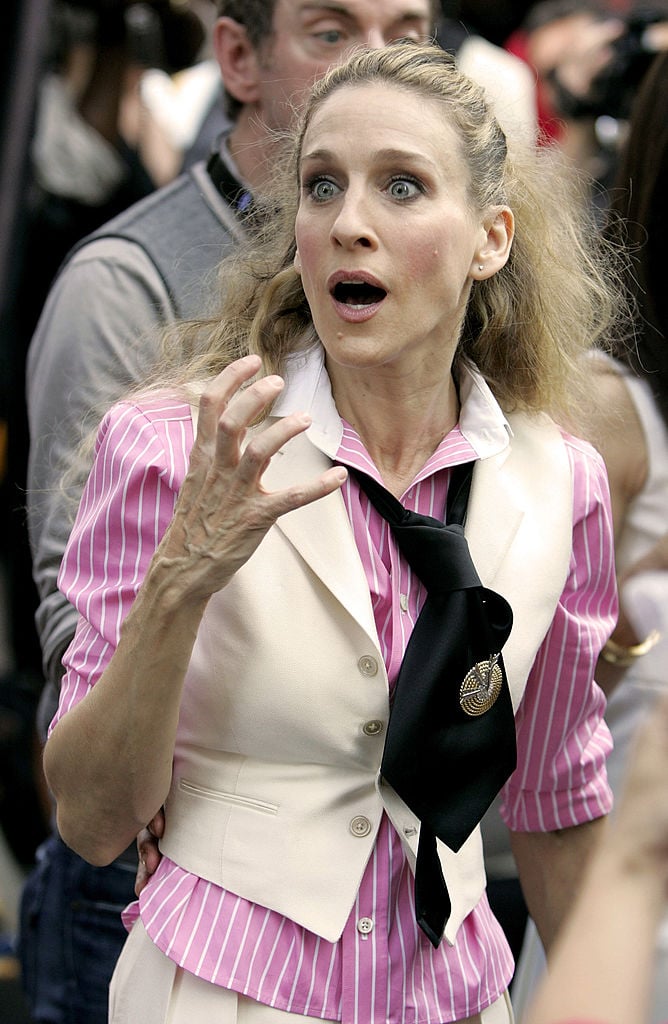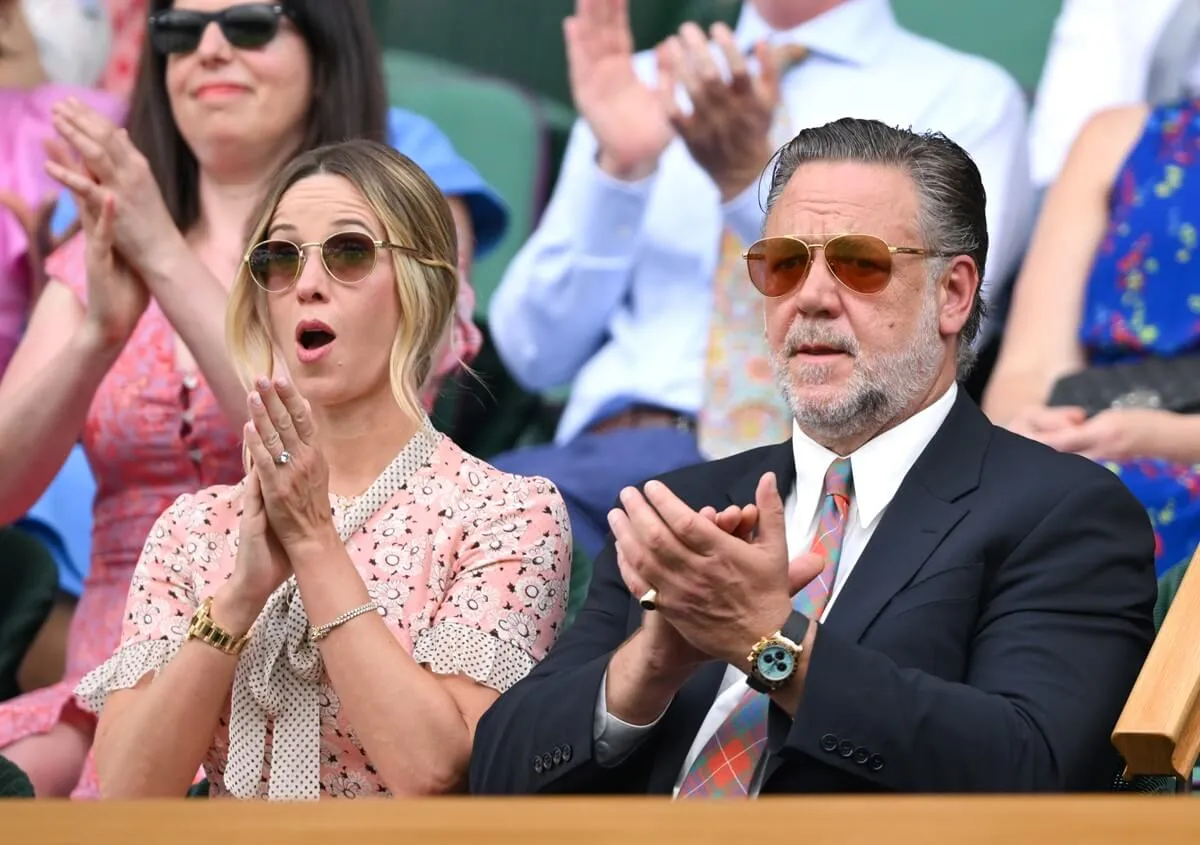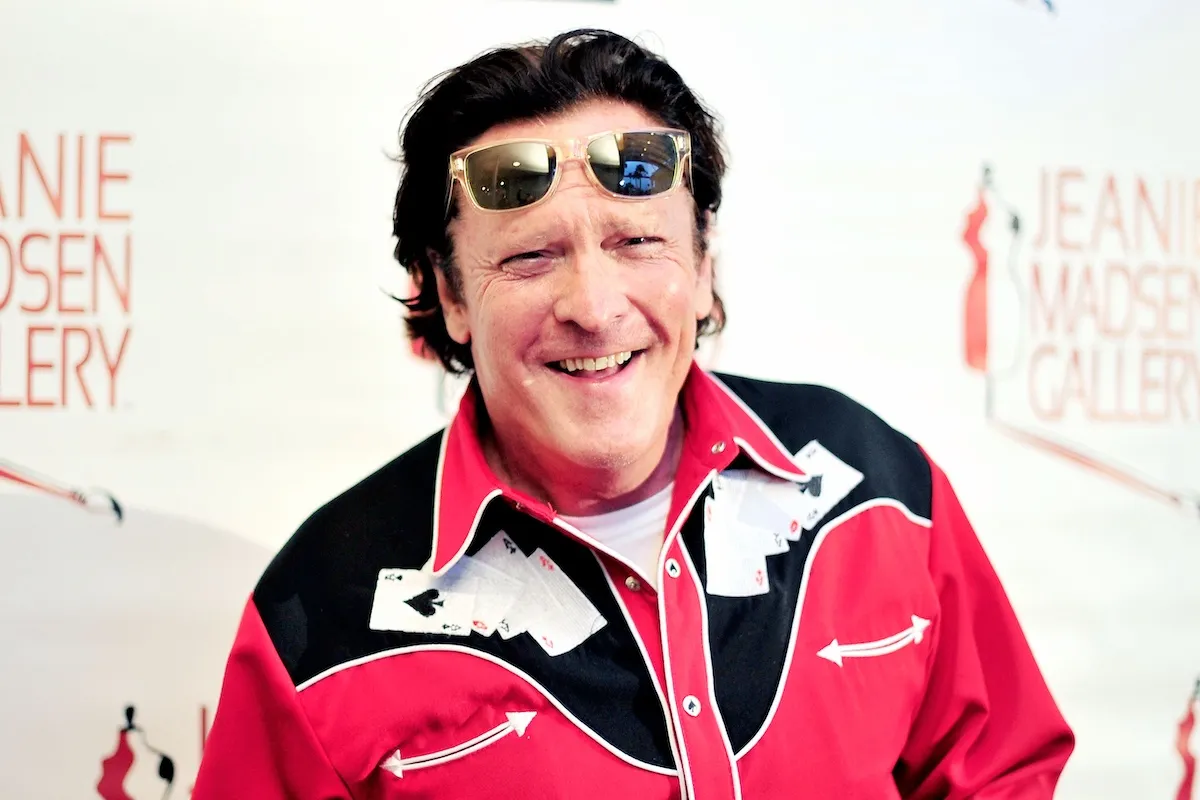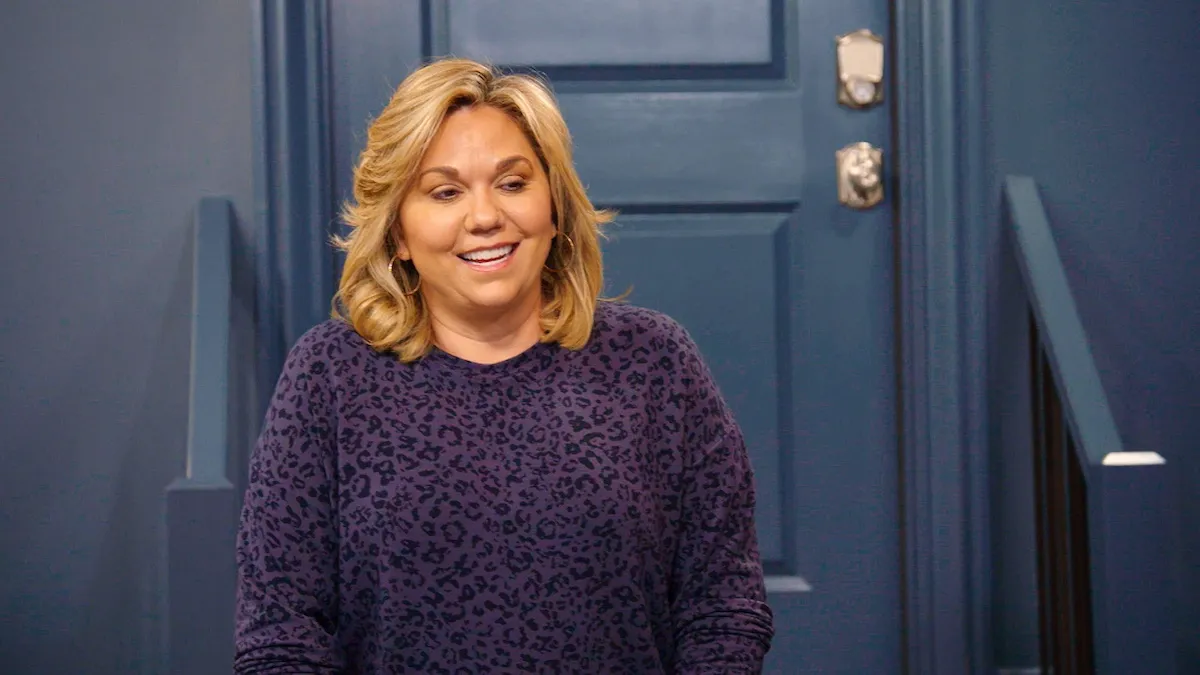‘Sex and the City’: Did Carrie Bradshaw Imagine Her Pals?
What if someone told you your favorite Sex and the City character was a figment of Carrie Bradshaw’s imagination? It would probably completely turn the show and your feelings about it upside down. Well, that’s exactly what Sarah Jessica Parker, who portrayed Carrie for six seasons on HBO and in two movies, would like fans to believe. The seasoned actress took to a podcast to suggest her famed character created her friends in her own mind to help propel forward her sex column.
Sarah Jessica Parker once suggested her Sex and the City friends were imaginary
Back in 2016, Parker appeared on the podcast, Nerdist, and discussed her time on Sex and the City. In the middle of the interview, Parker dropped a bombshell that shocked fans across the globe. She suggested that Carrie was the only “real” character on Sex and the City. Parker explained that Samantha Jones, Miranda Hobbs, and Charlotte York were “archetypes” of different women.

The Verge explained that Parker essentially stated that each of the women, and the life events they dealt with during the six-season run of Sex and the City, were made up by Carrie for the purpose of her sex column. So, basically, the women’s friendship, which seemed to be the underlying theme of the series, was simply a figment of Carrie’s imagination, and a way of grounding the fictitious column that Carrie wrote for The New York Star.
Parker’s theory could have held water. Carrie’s monologues in each episode could give Parker’s theory some credence. The monologues, which explained the situations that she and her friends find themselves in, could have been a way to tip audiences off to the fact that Miranda, Samantha, and Charlotte were not real and that all events seen during an episode were from Carrie’s perspective only.
What archetypes did the women represent?
Parker’s theory suggests that each woman is an archetype, meaning they embody traits that are considered typical. Each woman is inherently different, and that’s part of what made the series great, but if you look at it from a different angle, each woman seems to embody stereotypical attributes.
Take Miranda, for example. Miranda is a classic type-A personality. She was a driven, successful perfectionist. Her personality seemed to serve her well in her career but often left her standing out in the cold when it came to finding love. Miranda often noted that her professional success made her intimidating to men.
Charlotte is Miranda’s opposite. Charlotte’s goal was to fall in love, get married, and have children. There was absolutely nothing wrong with her aspirations, but Charlotte’s deep obsession with finding the perfect mate certainly made her seem a bit one-dimensional, and, at times, really shallow. Critics of Charlotte often note how she married Trey McDougal quickly because he was good looking and successful, but didn’t want to publicly link herself to Harry Goldenbatt because he didn’t meet her physical requirements for a mate.
Samantha was the woman who could not be tamed. She truly didn’t seem to care what anyone thought of her and lived her life without apology. Samantha was supposed to be the sexually liberated lady of the group. To some, Samantha was an intimidating force; to others, she was the perfect blend of unapologetic honesty.
Carrie was supposed to embody a little bit of each of her friends. Her career was important to her, but so was love. She was sexually liberated, but still harbored a bit of Charlotte’s more conservative thoughts on sex. Carrie made serious missteps in the name of love, just like Charlotte, but remained a bit skeptical of romantic gestures, just like Miranda.
Roseanne tried a fabricated reality storyline, and it didn’t work
While Parker’s theory is certainly interesting, it really shook fans. To think Miranda, Charlotte and Samantha weren’t really people completely alters the show and the feelings fans have attached to the characters. Thankfully, the writers didn’t follow the plotline, perhaps because they knew it doesn’t work. In fact, a similar plotline was deployed to wrap up Roseanne, and television audiences absolutely despised it.
Roseanne capped its nine-season run by suggesting the majority of the show’s storylines were dreamt up by its title character, Roseanne Connor. Everything was a figment of Roseanne’s imagination, crafted in her basement writing room. According to Digital Spy, Roseanne’s finale was one of the most hated show finales of all time. It was so hated that when the show was rebooted as The Conners, writers completely ignored that original show’s finale.


